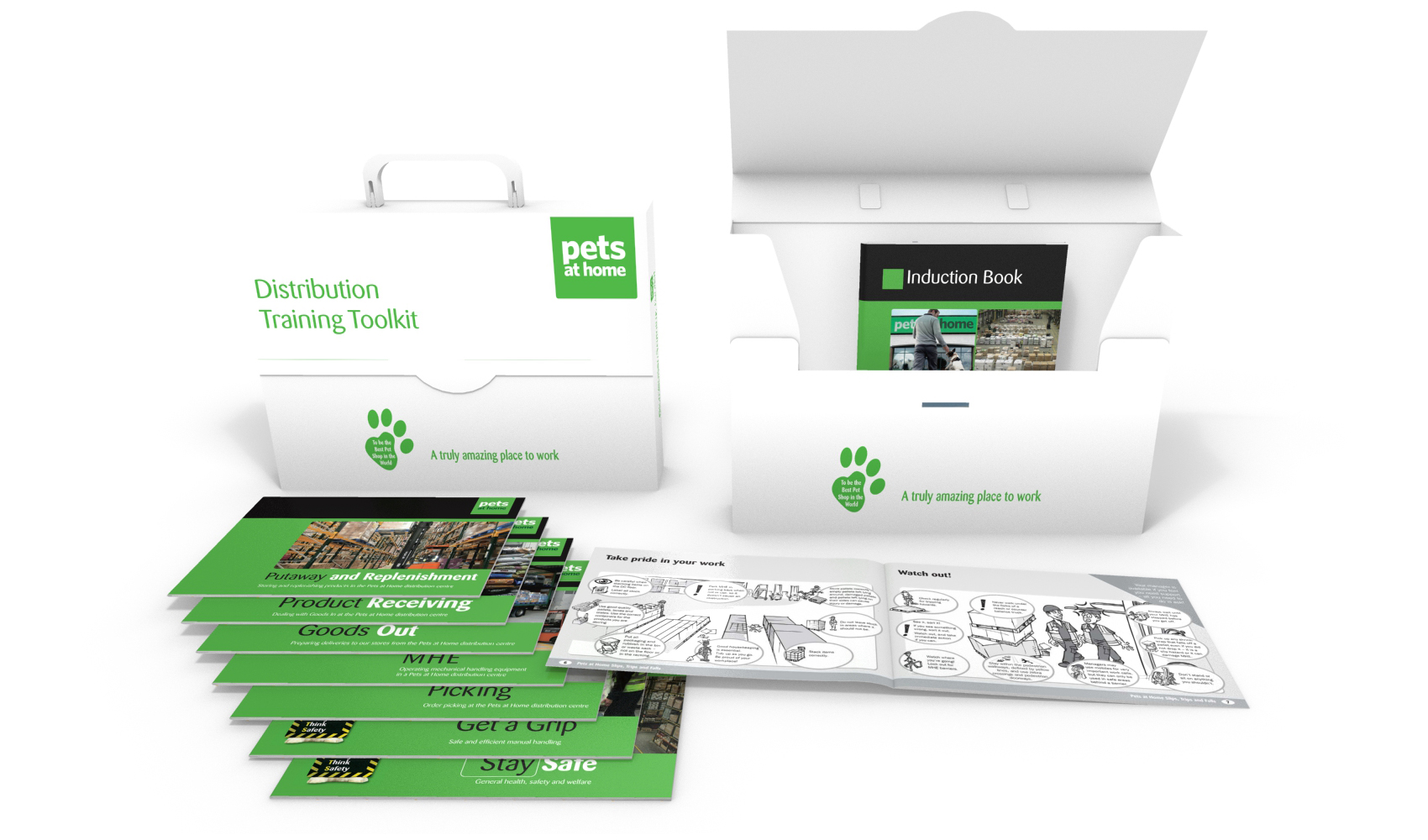While a large proportion of our work is accessed online, Ashford’s focus is where it has always been, on the learning. So, when a client asked this week if we do ‘traditional’ training materials we answered honestly – yes it’s our core business!
You could be forgiven for thinking that all workplace learning these days is done via computer or mobile device. You’ve read our blog, our newsletter and our social media updates, where we share news about our latest elearning modules, software simulations and virtual scenarios.
And yes, online learning has many advantages for employers and staff. It’s more convenient, saves time and is less expensive. It also takes us less time to develop than a traditional face-to-face training course (we even have off-the-shelf modules that are available to use immediately). But elearning is not for everyone. Sometimes, it’s better to go ‘old school’.
When you’re deciding what training you need to provide, the most important things to think about are the people who will be learning, and the desired outcome of the training:
- Is the point of the course to train people to complete a physical task?
The best way to master a hands-on skill is to actually do it. - Are the learners all proficient in using a PC or mobile device?
Not everyone knows (or wants to know) how to use technology. People who work with their hands learn better by doing. - Are the learners all fluent in reading English?
Many people find reading difficult, especially on a screen (e.g. people who have dyslexia or dyspraxia, problems with vision, a learning disability, or who speak English as a second or third language). They might learn better in a workshop or classroom situation.
Perform a task analysis
Think, too, about the tasks the learners need to complete. For instance, here are some tasks that you might identify if you are going to train forklift drivers:
(Apologies for the lack of detail and any inaccuracies in this very simplified example.)
Overall procedure
- Operate a forklift truck
Main tasks involved in this procedure
- Carry out static checks
- Carry out operational checks
- Access the electronic key
- Change the battery
Subtasks for each of the main tasks
- Carry out static checks
- Check for obvious faults and damage
- Make sure all levers and buttons are in place
- Check the condition of the mast and make sure it’s secure
- Check the condition of the load chains and make sure they’re secure
- Check the oil and coolant levels
Most of these tasks are physical. Your average forklift truck driver doesn’t want to do their training at a computer (and they can’t take their mobile on the truck with them if they want to check anything). We could recreate the forklift truck digitally and create realistic scenarios or simulations – but the driver would still need to practise, hands-on, before starting work for real in the warehouse.
So, in this case, we’d suggest a more traditional blended approach: on-the-job practical training supported by an experienced supervisor. We’d develop printed training materials, including a short Train the Trainer guide for the supervisor and a graphic-based pocket-sized reference booklet for the learner. In fact, these are exactly the type of training materials we produced for a client a few years ago – sometimes ‘old school’ is best!
Here are some we made earlier…
We’re not all about elearning! Sometimes a blended approach combining face-to-face training, on-the-job practical skills training and printed support materials is best. What matters most are the learners and the outcome of the training.
Mix and match
Contact us to discuss what a blend of our printed and electronic courses and support materials can do for your organisation! Email info@ashfordgs.com or call us on 01962 624268.


